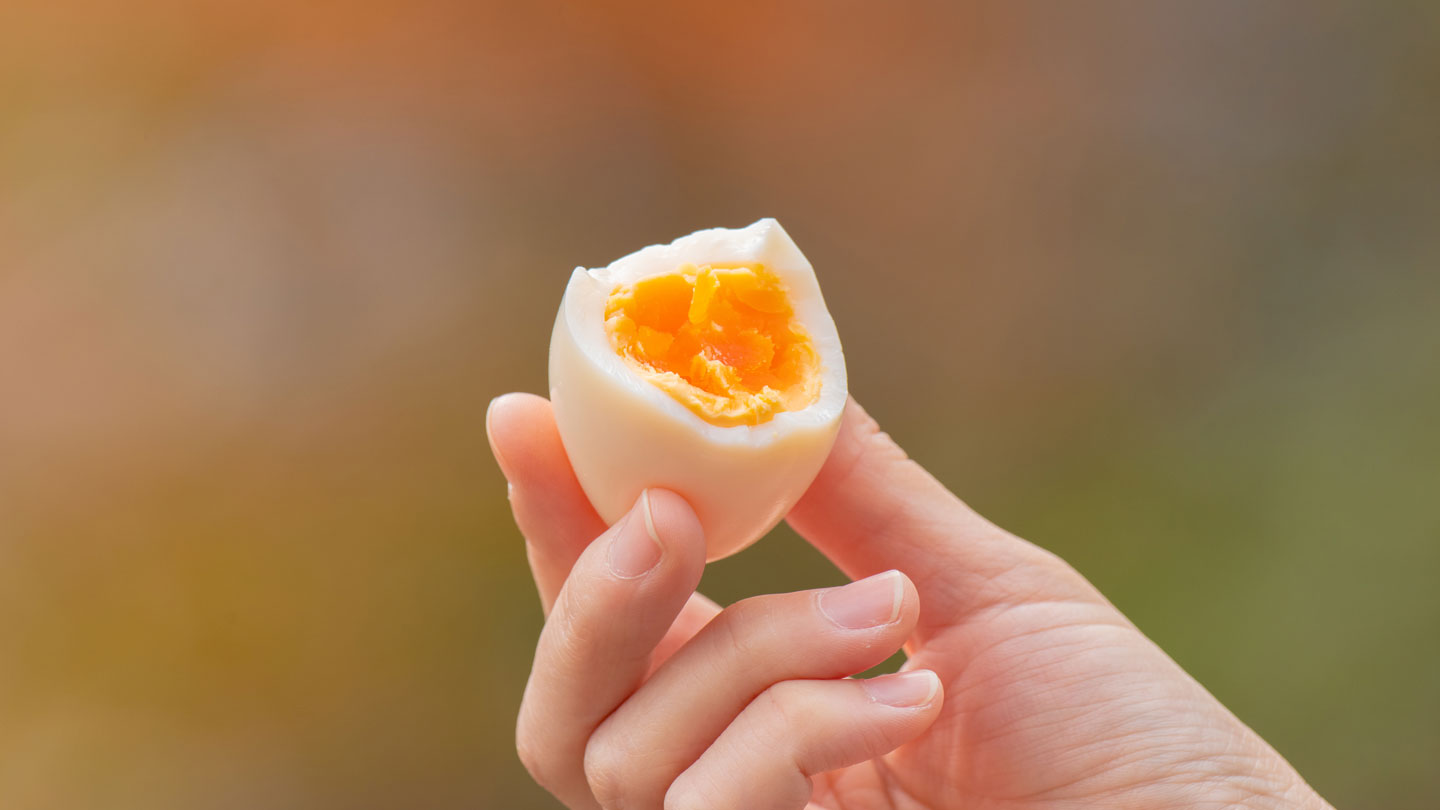Cracking the Code: Scientists Reveal the Ultimate Egg-Cooking Hack

Cracking the Perfect Egg: A Scientific Breakthrough in Cooking
Cooking the perfect egg has long been a culinary challenge, with home cooks and professional chefs alike struggling to achieve the ideal balance between a perfectly cooked white and a delicately prepared yolk. However, innovative food scientists have recently unveiled a groundbreaking technique that promises to revolutionize egg preparation.
Enter "periodic cooking" - a precise method that transforms the traditional egg-cooking approach. This cutting-edge technique addresses the age-old problem of uneven cooking, ensuring that both the egg white and yolk reach their optimal temperatures simultaneously. By carefully controlling heat application and timing, periodic cooking allows for a more consistent and delectable egg experience.
No more disappointment of overcooked whites or runny, undercooked yolks. This scientific approach brings precision to your breakfast plate, promising a perfectly cooked egg every single time. Whether you're a breakfast enthusiast or a culinary perfectionist, periodic cooking is set to change the way we think about preparing eggs.

